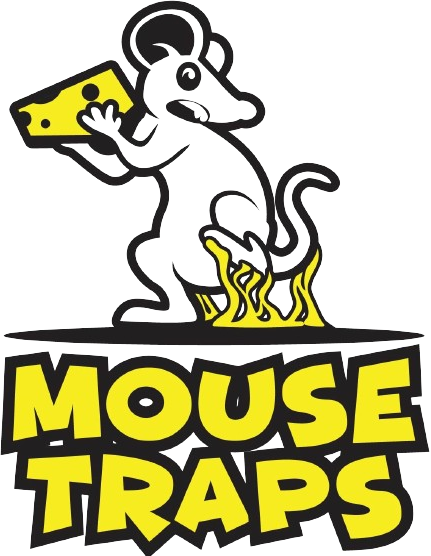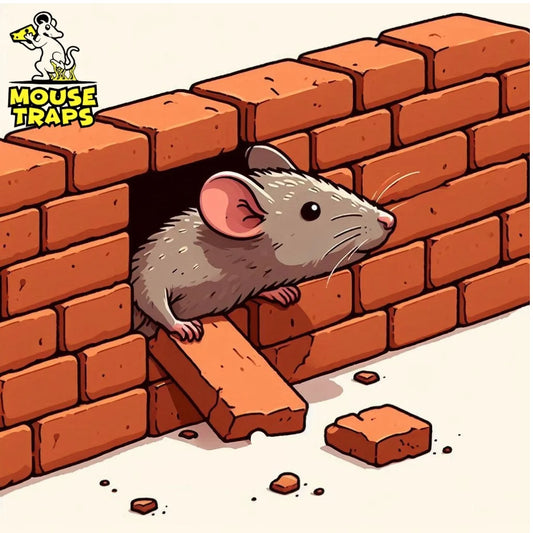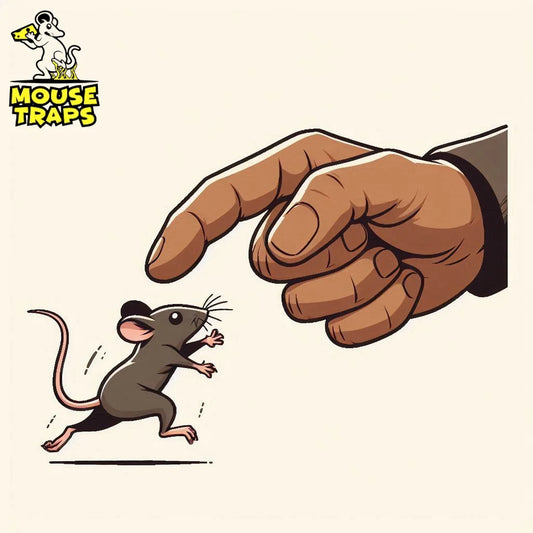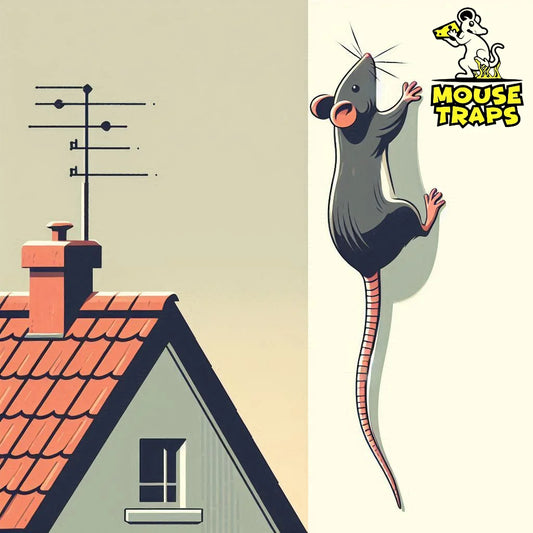Introduction:
In the bucolic landscapes of the United Kingdom, agriculture is not just an industry; it's a way of life. Yet, amid the pastoral beauty, farmers and landowners face a persistent challenge: rodent infestations. Mice, with their elusive agility and rapid breeding habits, can wreak havoc on crops and stored produce, posing a threat to both livelihoods and food safety. In the arsenal against these tiny intruders, mouse traps stand as stalwart defenders. But are there specific regulations governing their use in agricultural settings across the UK? Join us as we delve into the labyrinth of legalities surrounding mouse traps in agricultural landscapes.
Understanding the Landscape:
Before diving into the regulatory maze, let's first paint a picture of the agricultural terrain in the UK. The lush fields of England, the terrains of Scotland and the charming landscapes of Wales all bear witness, to the rooted connection to agriculture in the heart of the country. Farms spread across the countryside tending to a variety of crops and raising livestock. Amidst this setting farmers face an ongoing challenge in combating pests such, as mice requiring them to implement efficient pest control methods.

The Role of Mouse Traps:
Enter the humble mouse trap – a timeless tool in the farmer's arsenal. From snap traps, to electronic models these tools provide a safe and eco friendly way to manage pests. Unlike chemical pesticides, which may have adverse effects on the ecosystem and human health, mouse traps target specific pests with precision.

Regulatory Framework: What You Need to Know?
Now, let's address the crux of the matter: are there regulations governing the use of mouse traps in agricultural settings? The answer, as with many legal matters, is nuanced. While there are no specific regulations pertaining solely to mouse traps in agricultural contexts, several laws and guidelines govern the broader spectrum of pest control activities.
The Wildlife and Countryside Act 1981:
One of the cornerstone legislations relevant to pest control in the UK is the Wildlife and Countryside Act 1981. This extensive bill is designed to safeguard wildlife and biodiversity as address the control of pests and invasive species. Under this act, certain methods of pest control, such as poisoning or trapping, may require specific permissions or adhere to prescribed guidelines.

Health and Safety Regulations:
Health and safety regulations along, with wildlife protection laws have an impact on how pest control's managed in agricultural settings. Employers must prioritize the well being of their employees and guests by taking steps to manage pests effectively while safeguarding health. This can entail storing and handling traps well as performing routine maintenance to minimize the risk of accidents or contact, with dangerous substances.
Integrated Pest Management (IPM) Approach:
The idea of Integrated Pest Management (IPM) has become popular in communities as an comprehensive method, for pest management. IPM doesn't just use chemical pesticides or traps; it suggests an approach involving cultural and mechanical methods. This helps lower the use of chemicals, which reduces risks and supports pest control practices.

FAQs:
Conclusion:
Ultimately although there aren't rules solely dedicated, to the utilization of mouse traps in environments in the UK farmers and landowners need to maneuver through a intricate network of wildlife conservation laws and health guidelines. By embracing a strategy towards pest control integrating methods like Integrated Pest Management and following recommended procedures farming communities can find a ground, between efficient pest management and environmental responsibility. In the timeless battle against rodent intruders, knowledge and compliance are the ultimate allies.




